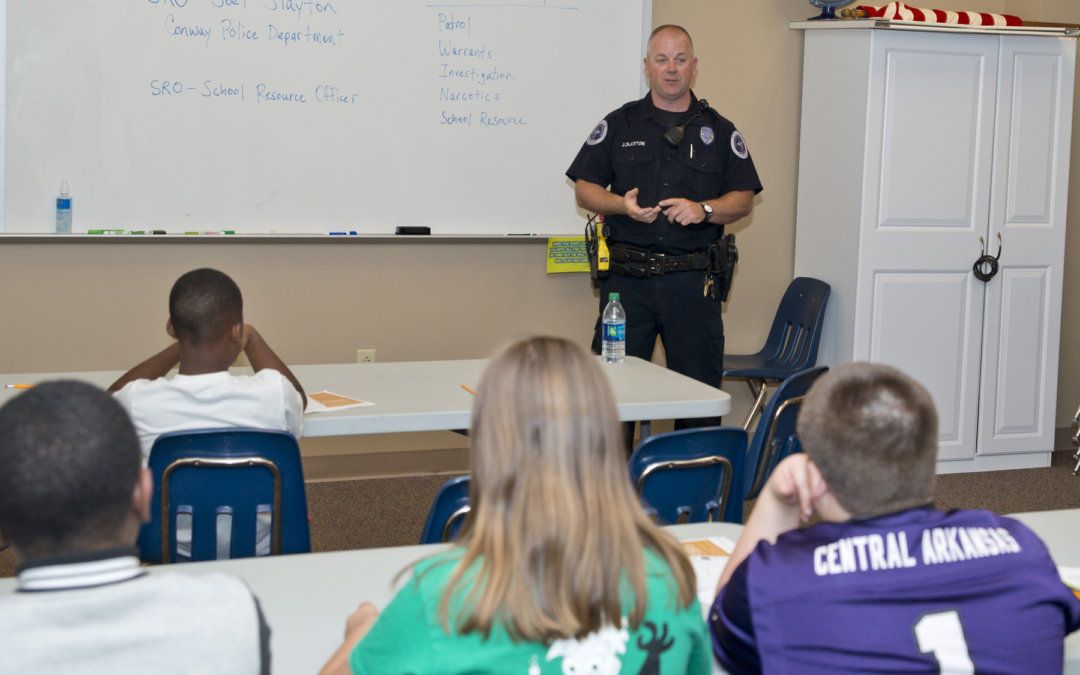Amidst the myriad of mass shootings and violent attacks taking place every month, an increasing amount of districts are turning to armed school security and or police school resource officers (SRO’s) as an additional layer of protection. These officers are not necessarily synonymous with other school-based law enforcement (SBLE), but they strive, similarly, to enhance school safety by mitigating violent crises and other criminal activity.
Districts must be both vigilant and accountable when crafting and fine-tuning their respective security infrastructures, and SROs present another opportunity for these institutions to increase the protocol efficiency and consistently keep their students and staff safe.
A quick rundown of the position
SRO/school security positions are almost always held by career law enforcement individuals — usually those with experience in police work or in a similar agency — which puts them at the forefront of industry knowledge and safety protocol. A vetting process ensures candidates are free of past offenses and other red flags making them incompatible for an education-based environment. Officers must be trained effectively to ensure they are prepared to react at a moment’s notice.
These officers are usually armed (though some local jurisdictions prevent this) and are employed as a physical safety precaution throughout the school day and during school events. That said, SRO responsibility typically transcends external security alone; officers tend to wear multiple hats as security guards, in-house mentors for students, gang intelligence professionals, and educators (with personnel often tapped for district-based guest speaking opportunities).
SRO impact
Districts’ growing interest in SRO personnel stems, likely, from a modest, but profound body of research confirming their effectiveness. In many cases, SRO officers contribute to a bigger security mosaic addressing issues at their root. Institutions that are fortified and educated properly from the start tend to stay safe in the long run, and the SRO’s’ hybridized role as a reactionary defense mechanism and an educator covers both the foreground and the future. Again, this is contingent on the proper training and preemptive education of these officers prior to their acclimation — yet another example of the need for internal accountability and a willingness to keep protocol up-to-date.
SRO officers arguably embody all that must comprise a school security blueprint in 2019; they merge aspects of physical security (which, as I recently noted, is as significant as ever) with the foresight and self-awareness necessary to nip potential crises in the bud.
